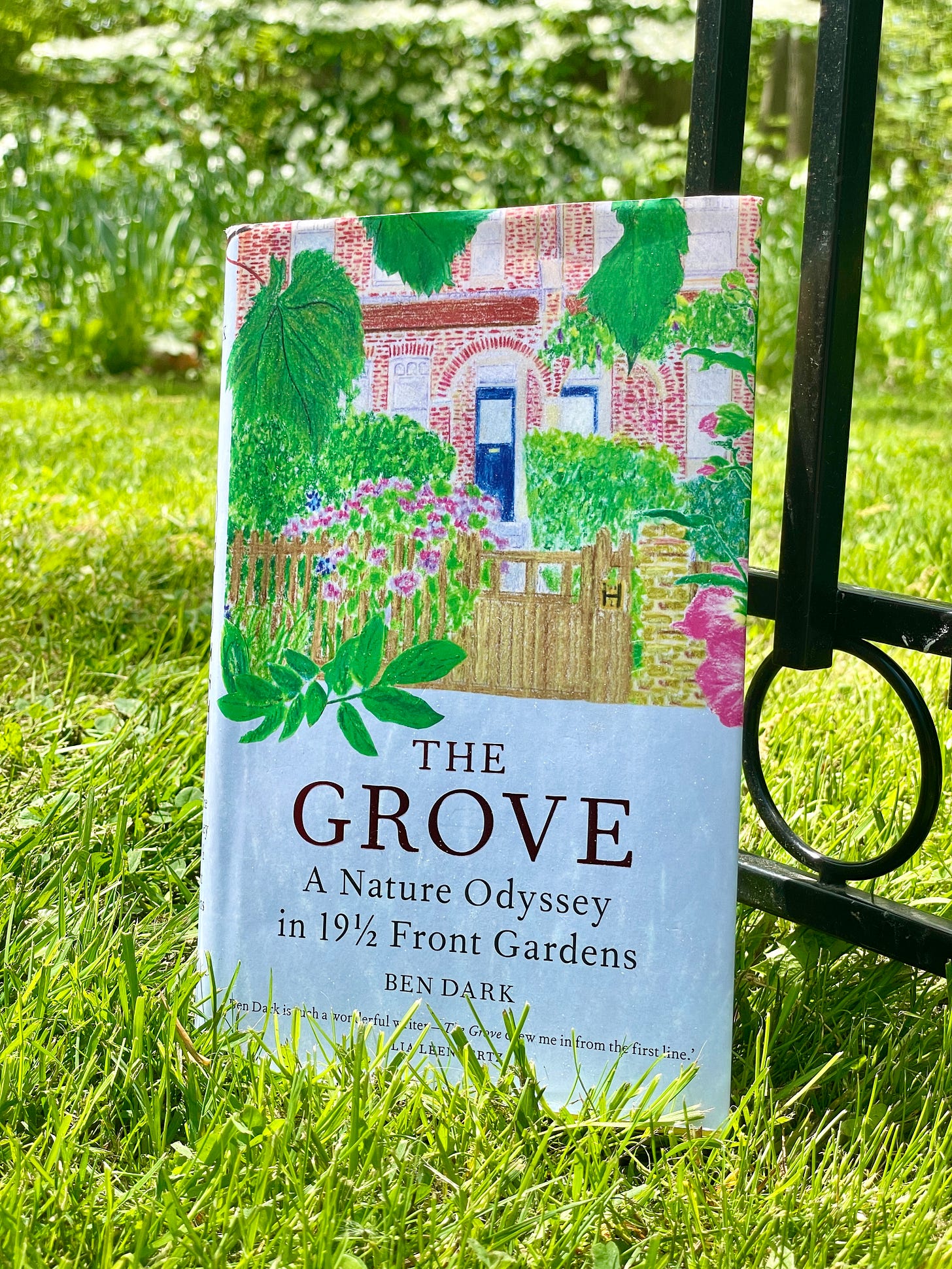
"Any walk is an odyssey when we connect with the plants around us. Each tree or flower tells a tale. Mundane 'suburban' shrubs speak of war and poetry, of money, fashion, love and failure. Every species in this book was seen from one pavement [sidewalk] over twelve months and there is little here tha…
Keep reading with a 7-day free trial
Subscribe to Julie Witmer Gardens Newsletter to keep reading this post and get 7 days of free access to the full post archives.




